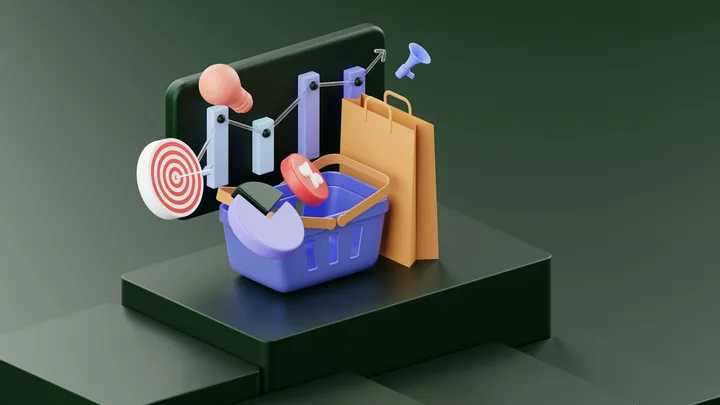Age of Capable but Not Suitable Software

Every single week, it feels like my feed is bursting with incredible announcements. New tools, shiny platforms, feature after feature, and of course, an endless list of AI integrations. You’ve got to admit—it’s genuinely impressive. We’re witnessing capabilities in software that we wouldn’t have dreamed possible just a few years ago. It’s almost like we’re in a golden age of technological wizardry.
And hey, I’m just like everyone else—I love seeing these breakthroughs. There’s something thrilling about what we can achieve now, the way barriers are just melting away.
But the uneasy feeling
Yet, between all this excitement, I’ve noticed something odd. Sometimes, my excitement feels a little hollow. It’s as if we’re all clapping at the fireworks without really understanding why.
Have you ever felt this too? That tiny whisper of doubt, asking quietly, “Wait a minute—do I really need this?” But often, we push that voice aside. Maybe because questioning shiny new things feels oddly wrong, or maybe we’re just too dazzled to stop and think.
Companies aren’t (always) building for users anymore
Here’s a tough reality check: a lot of software companies aren’t purely driven by user needs anymore. Sure, users matter, but investors matter more. Growth, valuation, market expansion—these are the real goals driving the flood of features.
“More capabilities” always sells better to shareholders and investors than “deeper, focused improvements.” But is that truly serving us as users?
Figma Sites: an example
Take Figma, for instance. It started out as an amazing design tool—focused, sleek, exactly what designers needed. But recently, they’ve jumped into web publishing with “Figma Sites.” And sure, if you’re a designer without an existing website, this might seem fantastic.
But hold up a second. What if you already have a site running on Squarespace or Wix? From your perspective, does this new option truly offer enough improvement to justify the huge effort of rebuilding everything?
You’d spend countless hours migrating content, relearning slightly different UI conventions, just to end up with… pretty much the same thing you already had. Who genuinely benefits here? Is it you—or is it mostly Figma expanding its market footprint?
Switching platforms has massive hidden costs we rarely consider upfront. Time spent migrating, steep learning curves, unexpected migration headaches, and the ever-present risk of getting stuck in an ecosystem you didn’t actually want to join.
I’ve seen myself, multiple times, fall into the trap of moving to a shiny new tool, only to realize months later: same results, just with added frustration and lost energy.
AI SaaS explosion: more of the same
And then we have the AI explosion! 10 new AI tools popping up every single day. Here’s the uncomfortable truth: most of these tools are just wrappers around existing AI models. They demo well, for sure. “Look at what it can do!” But when you dig deeper, you wonder: does it genuinely solve my problem or just look cool on social media?
Let’s be honest—not every small tweak deserves its own monthly subscription.
Capability ≠ Suitability
Being impressed by what’s technically possible is easy. Asking ourselves whether it’s meaningfully better—that’s the harder question. But it’s essential.
We need to keep asking critical questions:
-
Is this tool solving a deep, real pain?
-
Or is it primarily addressing the company’s marketing needs?
Capability doesn’t always mean suitability. A product can be incredibly powerful and yet still entirely irrelevant to your actual needs.
When software chases new markets or growth above all else, good products often lose their soul. What starts as clean, user-focused software often becomes bloated and confusing. Users end up drowning in complexity.
This cycle happens again and again: excitement → frustration → abandonment. How many times have you personally gone through this?
Stay impressed, stay skeptical
Listen, I’m not saying you shouldn’t get excited. It’s completely fine to celebrate new tech. But alongside that excitement, let’s stay sharp enough to ask the tough questions:
-
Is this genuinely for me?
-
Am I solving a real problem?
-
Or am I just being shifted around as the product myself?
In a world bursting at the seams with shiny features and dazzling demos, real wisdom lies in knowing when to pause and say, “No thanks, not this time.”
Stay impressed, absolutely. But stay skeptical, too.